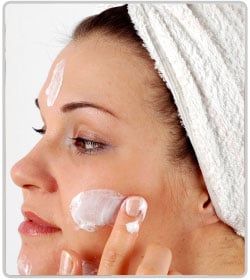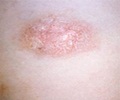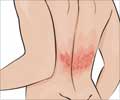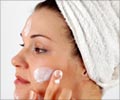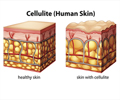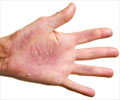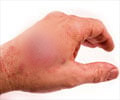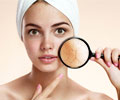What are the different moisturizing agents?
There are three different moisturizing agents:
- Occlusive agents
- Humectant agents
- Emollients
1. Occlusive agents:
Occlusive agents are hydrophobic agents that form occlusive film on the skin that reduce TEWL by preventing evaporation of water from the stratum corneum. They are generally oily substances through which water cannot pass; they belong to several categories. Petrolatum is the most efficacious occlusive moisturizer. New occlusive moisturizer: silicones such as Dimethicone and cyclomethicone.
Silicone is used in many oil free moisturizers because of the following properties. Hypoallergenic, non carcinogenic and without strong odor. Silicone – clear fluid with an oily feel. Silicone is a valuable ingredient to improve aesthetic characteristics of moisturizer as it reduces greasiness.
Categories of occlusive moisturizing agents:
Moisturizing agents Examples:
- Fatty acids
- Lanolin acid
- Fatty alcohols
- Lanolin alcohol
- Hydrocarbon oils & waxes
- Petrolatum
- Polyhydric alcohols
- Propylene glycol
- Silicone
- Dimethicone
- Sterols
- Cholesterol
- Vegetable & animal fats
- Cocoa butter
- Vegetable waxes
- Carnauba wax
- Wax esters
- Bees wax
2. Humectant agents:
Humectants attract water from viable skin layers in to the stratum corneum.

